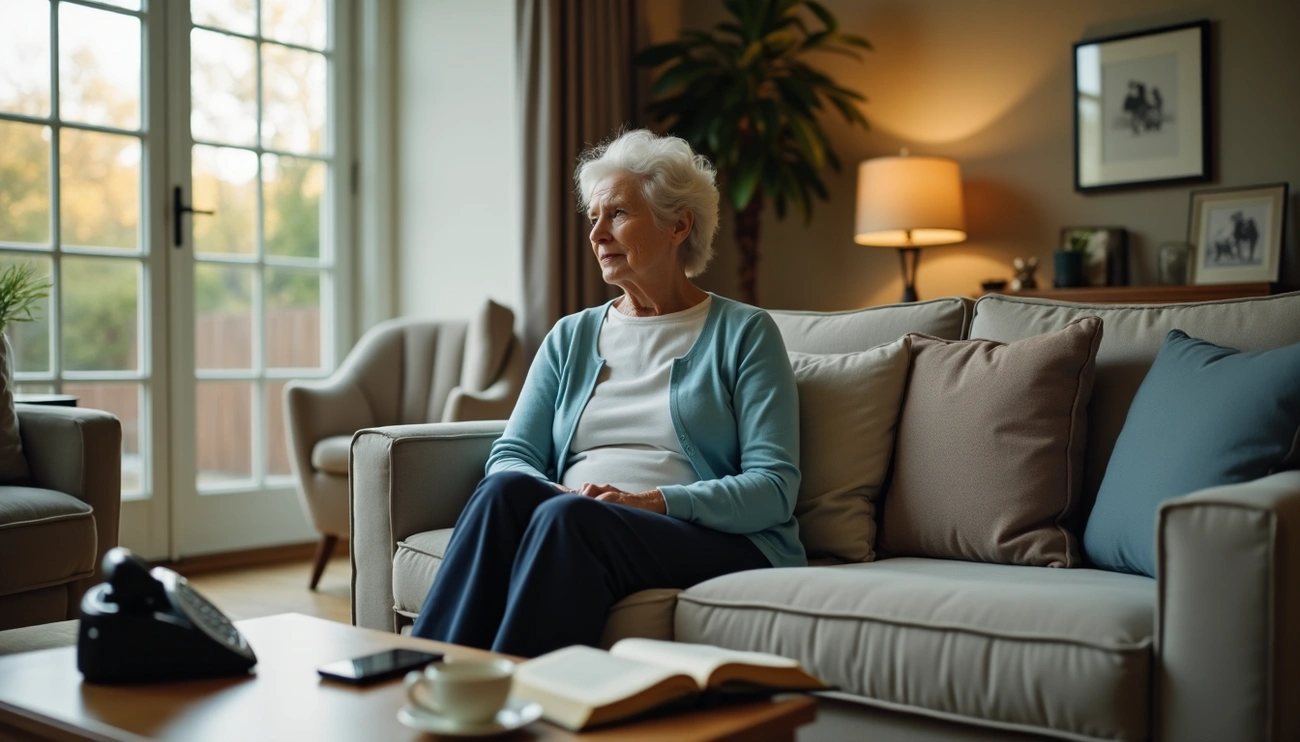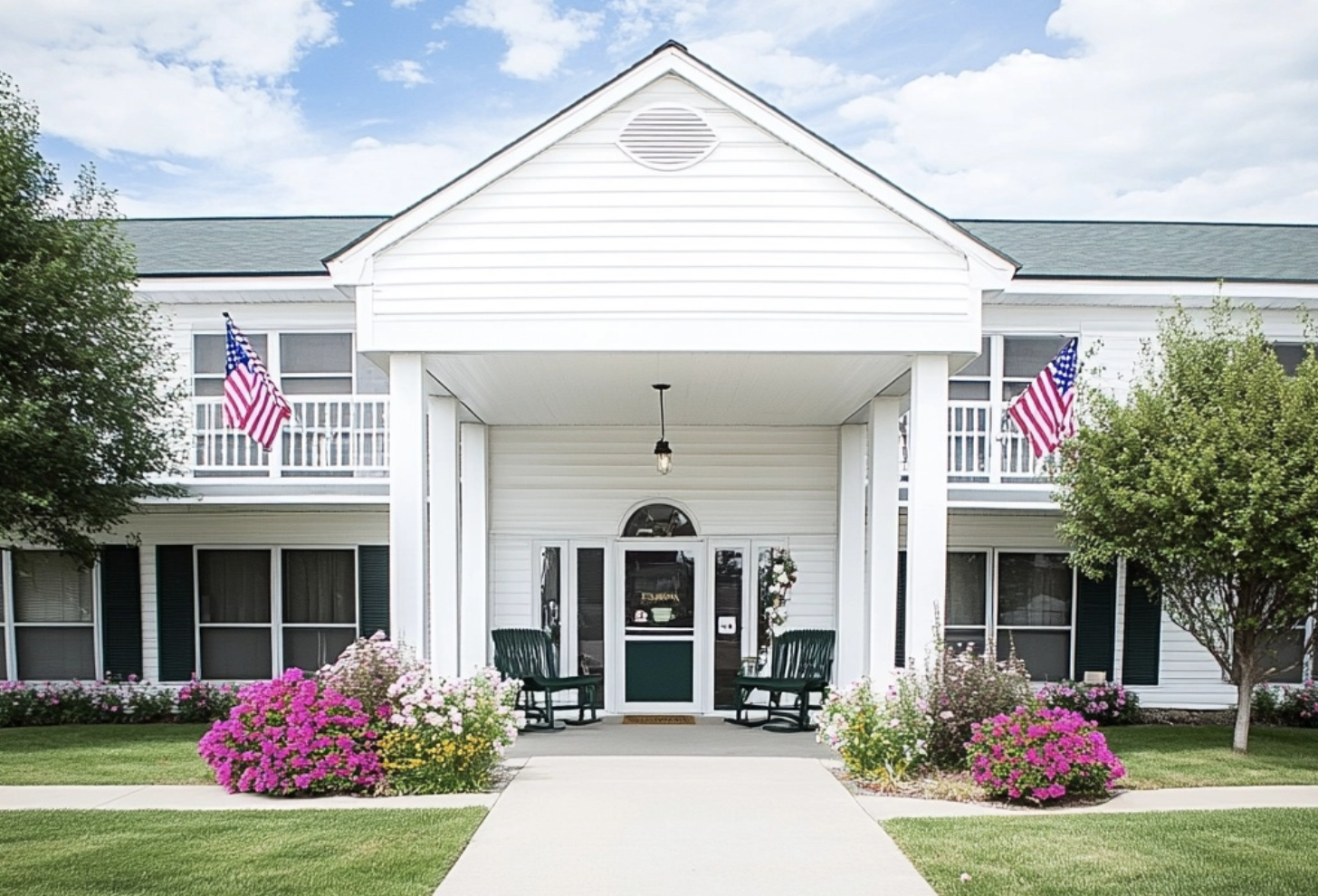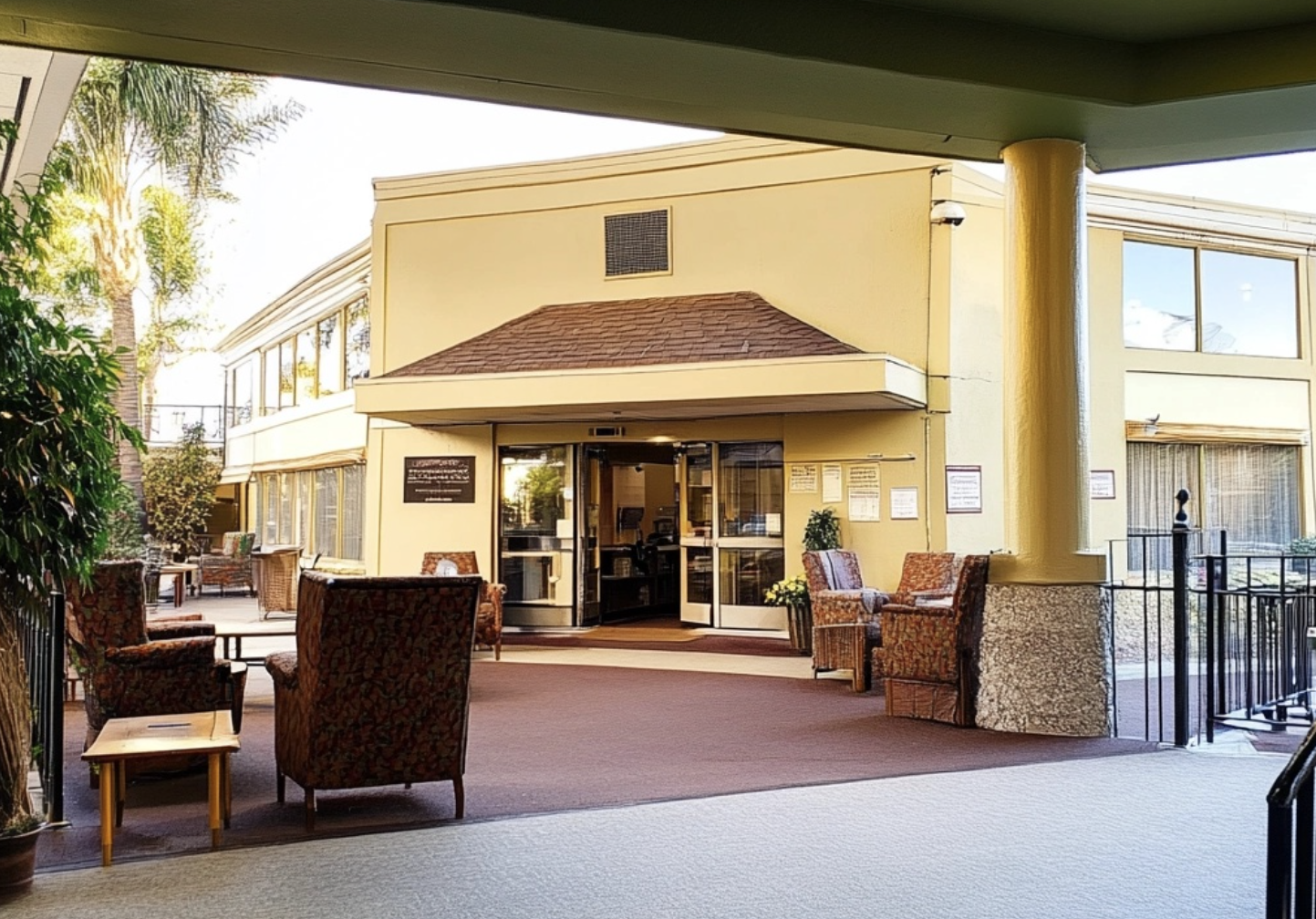One in three older adults experience seniors loneliness, with 34% of people aged 50-80 reporting feeling isolated from others in 2023, recent studies show. This represents an improvement from the 56% reported during 2020, though numbers remain higher than pre-pandemic levels. The issue particularly affects aging populations with existing health challenges.
Chronic loneliness creates impacts beyond emotional distress. Research indicates it adversely affects mental, cognitive, and physical health, general well-being, and longevity. Health experts compare social isolation and loneliness to other established mortality risk factors such as smoking and obesity. Studies show these conditions can significantly increase health risks for seniors across multiple domains.
Several effective strategies exist for addressing loneliness without requiring major lifestyle changes. These approaches can be implemented regardless of an individual’s circumstances or resources, offering practical solutions for those experiencing isolation.
Understanding Senior Loneliness and Social Isolation
Loneliness and social isolation represent two distinct experiences that affect seniors differently, though many people use the terms interchangeably. Understanding this difference proves crucial for addressing the growing concern of seniors loneliness effectively.
What is loneliness vs. social isolation?
Loneliness is a subjective feeling—the distressing sensation of being alone or separated, regardless of actual social contact. Social isolation, unlike loneliness, is objectively measurable, referring to the lack of social connections or limited contact with others.
These experiences can occur independently. Someone might be surrounded by people yet feel profoundly lonely, while another might have minimal social contact but not feel lonely at all. Social isolation involves quantifiable elements such as:
- Network size and diversity
- Frequency of social interactions
- Access to transportation and resources
- Ability to connect with information and communities
Loneliness, meanwhile, focuses on perception—how people interpret their current experience and whether they feel disconnected from others, regardless of their actual social circumstances.
Why older adults are more vulnerable
Aging itself doesn’t directly cause isolation or loneliness. However, older adults face numerous risk factors that increase vulnerability. More than 2 million people in England over age 75 live alone, and more than a million older individuals report going over a month without speaking to a friend, neighbor, or family member.
Relationship changes significantly impact seniors’ social connections. Studies show that 45% of seniors aged 65 and over are separated or widowed, and 46% of women in this age group live alone.
Transportation barriers further complicate matters. Many older adults outlive their ability to drive—men by approximately six years and women by ten years. Without reliable transportation, maintaining social connections becomes increasingly difficult.
Health-related challenges play a crucial role in isolation risk. About 80% of adults aged 65 and older have at least one chronic disease, and 77% have at least two. Conditions like cardiovascular disease, stroke, hearing loss, and chronic obstructive pulmonary disease can increase isolation risk. Fear of falling also restricts activities, causing many seniors to avoid leaving home.
Sensory impairments, especially hearing loss, contribute substantially to both social isolation and loneliness. Conditions like urinary incontinence lead many older adults to avoid social situations due to embarrassment or practical concerns.
Addressing seniors loneliness requires understanding both objective social disconnection and subjective feelings of isolation—recognizing that each requires different intervention approaches.
How Loneliness Affects Health and Well-Being
The impact of ongoing loneliness extends far beyond temporary emotional discomfort. Research shows loneliness creates profound effects throughout the body and mind, with serious implications for overall health.
Mental and emotional health risks
Loneliness triggers the same pathways in the brain as physical pain, essentially making it hurt on a neurological level. This represents a systemic response rather than a momentary reaction. Lonely older adults often experience elevated stress hormone patterns similar to those found in people under chronic stress, triggering a cascade of mental health challenges.
About 1 in 3 adults in the U.S. report feeling lonely, and approximately 1 in 4 indicate they lack social and emotional support. These figures highlight a widespread issue that feeds into increased risks of anxiety and depression. As mental health deteriorates, the ability and motivation to engage socially often diminishes, creating a self-reinforcing cycle.
Physical health consequences
Social isolation and loneliness pose mortality risks comparable to well-established threats like smoking, obesity, and physical inactivity. This isn’t merely correlation—prolonged loneliness activates the body’s stress responses, leading to increased inflammation and reduced immunity, particularly in older adults.
The physical toll includes:
- Increased risk of heart disease and stroke
- Greater physician and emergency room visits
- Compromised immune function
- Effects on mortality comparable to smoking
Even short-term social isolation has been associated with decreased quality of life across multiple domains. Among study participants experiencing social isolation, 82% showed measurable declines in quality of life.
Cognitive decline and dementia links
Perhaps most concerning for seniors, loneliness significantly impacts brain health. Lonely older adults perform worse on cognitive tests, especially those requiring rapid information processing. Under normal circumstances, social engagement helps maintain cognitive reserve—the brain’s resilience against decline.
Research demonstrates that persistently lonely individuals have a 27% higher chance of developing dementia than non-isolated adults. Among older adults ages 60-79, those experiencing loneliness were three times more likely to develop dementia than their non-lonely peers.
The underlying mechanisms involve direct neurological impacts—loneliness has been linked to the buildup of beta-amyloid and tau proteins in the brain, key markers of Alzheimer’s disease. Research suggests that if low social interaction caused cognitive impairment, these effects might reverse with increased social connection.
Who Is Most at Risk for Senior Loneliness?
Certain demographics face substantially higher risk of experiencing loneliness in later life, research shows. Multiple studies identify specific factors that make older adults particularly vulnerable to social isolation.
Nearly 27% of people aged 60 and older live alone, creating immediate barriers to regular social interaction. This figure increases dramatically among women over 75, with nearly 50% living alone and experiencing increased social isolation. Physical limitations significantly compound these risks—seniors with low, moderate, or severe functional limitations have 1.45, 1.64, and 2.24 times higher odds of experiencing loneliness respectively.
Sensory impairments create additional isolation risks. For individuals with hearing loss, every decibel drop in perception increases the odds of becoming severely lonely by 7%. Despite this connection, only about 20% of older Americans with hearing loss use hearing aids, leaving over 23 million with untreated problems. Many individuals with hearing impairments withdraw completely from social activities—avoiding church services, lectures, and even family conversations due to communication difficulties.
Major life transitions generate pronounced vulnerability periods. Research indicates spousal death strongly correlates with increased loneliness for both women and men, with recently widowed individuals facing up to 193% greater risk of becoming lonely. This loneliness often persists despite increased interactions with friends and family following spousal loss, suggesting interventions focused solely on increasing social contact may prove inadequate.
Financial constraints severely limit social engagement opportunities. Studies show that for men specifically, both income and asset wealth provide measurable protection against loneliness. Transportation barriers disproportionately affect those with limited means—5.8 million Americans face transportation-related barriers just accessing healthcare, with non-medical transportation for social purposes even more difficult to obtain. Rural and suburban communities face particular challenges, as public transit options may be nonexistent or extremely limited.
Simple Steps to Feel More Connected Today
Addressing seniors loneliness doesn’t require major lifestyle changes, research shows. Studies indicate increasing social connection leads to significant health benefits, including reduced cardiovascular disease risk, improved immunity, increased longevity, and better overall wellbeing.
1. Reconnect with old friends or family
Initiating contact often proves effective for rebuilding relationships. Phone calls, letters, or social media messages can reestablish connections that have faded over time. Experts recommend starting with brief interactions like coffee meetings or regular phone conversations to gradually rebuild familiarity. Regular scheduling helps strengthen relationships through consistent engagement.
2. Join a local group or club
Community centers provide numerous opportunities for older adults to meet others with similar interests. Book clubs, gardening groups, and exercise classes offer structured environments for social interaction. Data shows approximately 150 seniors participate weekly in specialized programs at some centers. Many facilities now feature “Friendship Cafés” specifically designed to facilitate social connections.
3. Volunteer for a cause you care about
Contributing time to meaningful activities benefits both volunteers and recipients. Research indicates 80% of older volunteers report good, very good, or excellent health compared to just 50% among non-volunteers of similar ages and backgrounds. Studies found 70% of volunteers who began with five or more depression symptoms experienced symptom reduction after volunteering. Organizations like AmeriCorps Seniors connect over 143,000 volunteers annually with service opportunities.
4. Use video calls or social media to stay in touch
Technology has significantly changed how older adults maintain relationships. Facebook users aged 65+ represent the fastest-growing demographic on the platform, with 70% of all Americans using the site. During pandemic restrictions, 67% of older adults adopted new applications specifically for social connection. Platforms such as WhatsApp, Zoom, and Facebook enable photo sharing, group conversations, and visual connections with geographically distant relatives.
5. Get active with others—walk, dance, or garden
Physical activities create natural opportunities for social engagement. Walking clubs, water aerobics, and community garden projects combine exercise with socialization. These structured activities establish regular interaction patterns while simultaneously improving physical health. Group settings provide accountability and enjoyment, supporting both continued activity and relationship development.
6. Consider adopting a pet if possible
For those capable of pet care, animal companions offer substantial benefits. Research found older adults who owned pets were 36% less likely to report loneliness than those without pets. Pet ownership often leads to increased human interaction—dog owners are 60% more likely to become acquainted with neighborhood residents. Studies consistently demonstrate pet companionship improves both mental and physical health outcomes among seniors.
Conclusion
Seniors loneliness represents a significant health challenge comparable to risks associated with smoking or obesity, affecting one-third of older adults. Research indicates that small, manageable steps can make meaningful differences in connection levels and overall wellbeing.
The distinction between subjective loneliness and objective social isolation helps target appropriate interventions for each situation. Living arrangements, sensory impairments, major life transitions, and mobility limitations increase vulnerability, though awareness of these risk factors enables proactive addressing of isolation issues.
Six strategies provide practical starting points: rekindling old friendships, joining community groups, finding volunteer opportunities, using technology for connection, participating in physical activities, and considering pet companionship. These approaches remain accessible even after significant life changes.
Combating loneliness effectively doesn’t require complete social reconstruction. Small, consistent efforts often yield the most sustainable results. Initial steps like making a phone call, attending a community class, or taking a neighborhood walk can generate significant improvements in quality of life while protecting long-term health and cognition.
Loneliness affects many seniors but doesn’t necessarily define later life experiences. Research demonstrates that with appropriate support systems and deliberate action, meaningful connection remains achievable regardless of age.
FAQs
Q1. What are some effective ways for seniors to combat loneliness? Seniors can combat loneliness by reconnecting with old friends or family, joining local groups or clubs, volunteering for causes they care about, using technology to stay in touch, engaging in group physical activities, and considering pet adoption if possible.
Q2. How does loneliness affect the health of older adults? Loneliness can significantly impact seniors’ health, increasing risks of mental health issues like anxiety and depression, physical health problems such as heart disease and weakened immunity, and cognitive decline including a higher risk of dementia.
Q3. Who is most at risk for experiencing loneliness in their senior years? Seniors most at risk for loneliness include those living alone or with limited mobility, individuals with hearing or vision loss, those who have recently experienced major life changes like retirement or bereavement, and older adults with low income or lack of transportation.
Q4. Can technology help seniors feel more connected? Yes, technology can be a valuable tool for seniors to combat loneliness. Video calls, social media platforms, and messaging apps allow older adults to stay in touch with loved ones, share experiences, and participate in virtual social activities, even when physical distance is a barrier.
Q5. How can volunteering benefit seniors who feel lonely? Volunteering can significantly benefit lonely seniors by providing opportunities for social interaction, fostering a sense of purpose, and improving overall well-being. Research shows that older volunteers often report better health outcomes and reduced symptoms of depression compared to non-volunteers.












